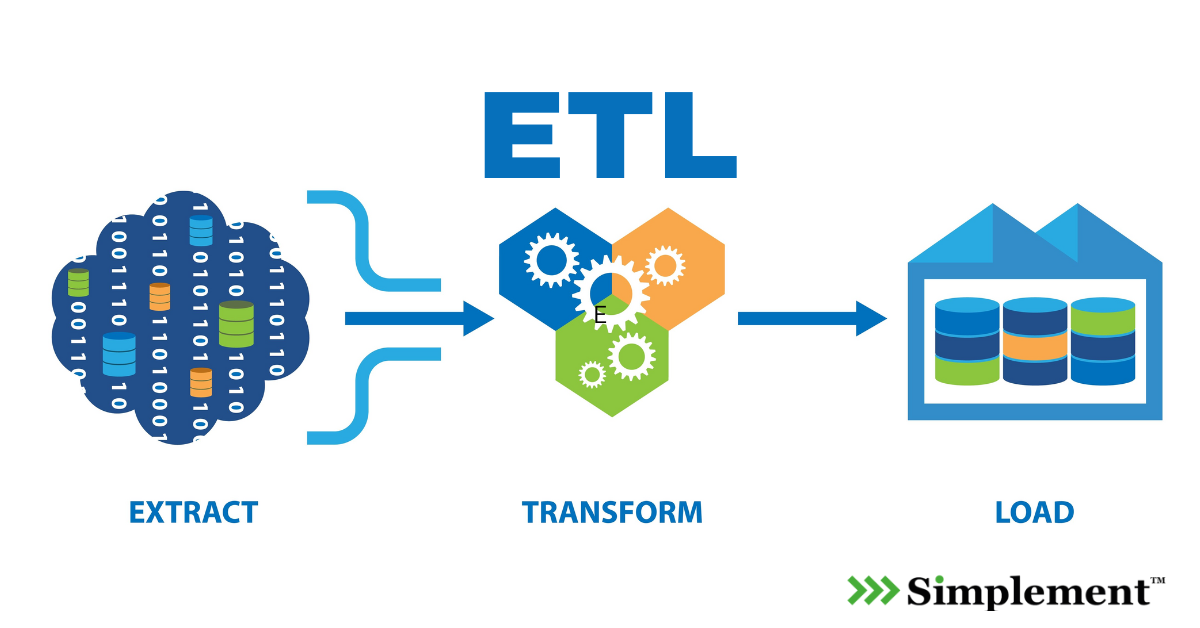ETL, which stands for Extract, Transform, Load, is a process that is commonly used in the field of data management. The purpose of ETL is to collect data from various sources, transform it into a format that can be loaded into a target system or data warehouse, and then load it into the target system or data warehouse for analysis and reporting.
The first step of ETL is the extraction of data from various sources. This data can be in the form of structured or unstructured data, and can come from a variety of sources such as databases, flat files, or even social media. Once the data is extracted, it needs to be transformed into a format that can be loaded into the target system or data warehouse. This step involves cleaning, validating, and manipulating the data to ensure that it is accurate and consistent.
The final step of ETL is loading the data into the target system or data warehouse. This step ensures that the data is stored in a format that can be easily analyzed and reported on. The goal of ETL is to ensure that data is accurate, consistent, and in a format that can be easily analyzed.
ETL is a crucial process in the field of data management as it helps organizations to make sense of the vast amount of data that they collect on a daily basis. With ETL, organizations can turn raw data into valuable insights that can be used to make informed business decisions.
Overall, ETL is a process that helps organizations to collect, transform, and load data into a target system or data warehouse for analysis and reporting. It is a crucial process that helps organizations to turn raw data into valuable insights that can be used to make informed business decisions. It is important to have a proper ETL strategy and ETL tools in place to handle the large volume of data that organizations collect on a daily basis.
For more information on how Simplement Roundhouse can transform your ETL process within SAP, reach out to us below:



